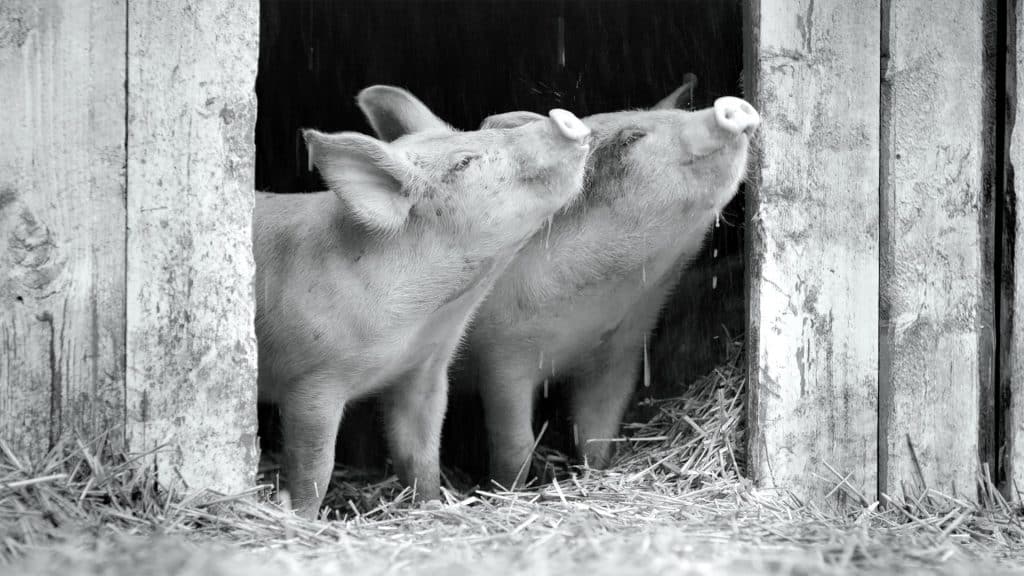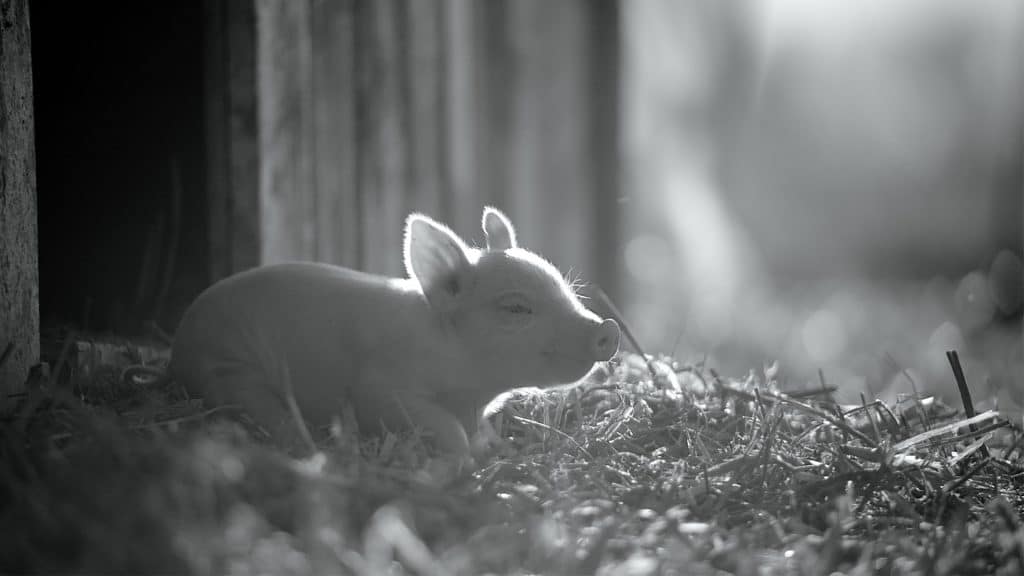Read also:
How to Watch FX Live Without CableHow To Watch AMC Without CableHow to Watch ABC Without CableHow to Watch Paramount Network Without CableViktor Kossakovsky’s deeply anthropological look at the everyday rhythms of farm life bursts with precision and quietly devastating purpose.
Since its premiere at this year’s Berlinale film festival, much of the press around Viktor Kossakovsky’s involving, subtly radical Gunda has fixated on the intimacy of its form. Presented without any narration, subtitles, or extraneous context and shot in stark but crucially un-distracting black and white photography (Kossakovsky has been forthright about not wanting to draw attention to beauty), this is pastoral portraiture that’s keenly aware of reflecting — but not exerting its purpose.
Purpose may seem a disingenuous word, given that the action onscreen is ninety-plus minutes of largely the title pig and her litter living their life (along with effective cameos from roosters and cows on the same farmland) but there’s an unspoken ecopolitics in every one of its formal considerations that belie its potential observational nature.
Certainly, there are questions about access and how the observed animals aren’t spooked by the constant presence of cameras roving for extreme close up after extreme close up (Press notes at least partly illuminate that they created an exact replica of the pigsty for some of those luridly atmospheric interior sequences). But once those initial documentary inquiries dissipate, a different experience emerges. Forgoing a typical approach to shooting, Kossakovsky and DP Egil Håskjold Larsen render these familiar creatures in a way that feels positively alien.

The aforementioned black and white photography partly causes that sensation as the usual appeal of these animals (If nothing else, piglets drained of their lighter pink are far less cuddly) has been blunted by a perspective that forces the viewer to really pore over these animals. At the risk of body-shaming the subjects of this documentary, the camera doesn’t shy away from the imperfections and the haggard, awkward structures of their bodies. Far from either PETA propaganda or the Hormels of the world, these pigs aren’t exhibitions for guilt or hunger but are instead imbued with a chaotic personality and impulses.
Gunda’s litter, likewise, aren’t Youtube-compilation ready, but greedy, violent underlings fighting their way to teats and almost crushing each other in their attempts to edge out their siblings. Portraying Darwinism in animal dynamics is obviously far from revelatory, but it’s in the specific juxtapositions of these elements that the film finds its strange power. Combined with alternately elliptical and sparingly continuous editing, it all mounts into something far larger than its minute-to-minute rewards.
Which brings us to those dividends. The majority of this review has focused on the visual elements, but the sound design is even more paramount — and probably even more deserving of praise in its selective amplification. For as much as this film appears like it could be slotted into ambient, adjacent ASMR cinematic experiences; it’s a much more abrasive experience in practice. Paired with the bracingly snug low-angle shots, the sound design is at its base, made up of an incongruent torrent of anxious high-pitched oinks and a broader, drone-like lower-pitched oink. It’s not pleasant on its face but feels instrumental in not allowing these animals to be swept up into visual white noise.

There’s constantly a sense of push-and-pull in this unlikely mass of sound and contemporaneously — there’s precise attention paid to every moment a hoof or talon touches the ground on various materials. Field recordings are common especially when shooting animals, but sound designer/editor Alexander Dudarev has taken pains to mic each one of these animals in a way that gives them a specific character. A mesmerizing sequence of a one-legged rooster and hay trampled underfoot practically earns a Malickian grandeur with the light thrushing sound of his spur on the ground while other sequences give an arc to the animal’s grumbling movement, communicating as much about their mood as any sound that emits from their actual bodies.
For all of the fawning over this experience, it’s still fair to say that it’s unlikely to sway someone who wouldn’t watch this in the first place. It’s beautifully crafted in its precision, but it is very much observing these farm animals in life, albeit in the most expansive possible light. But if this is your speed, this is a film that grants a pedestrian presence an unlikely (and often unseen) spirit and vitality. It’s not glamorous and won’t be to all tastes, but Gunda feels welcome all the same.
Gunda